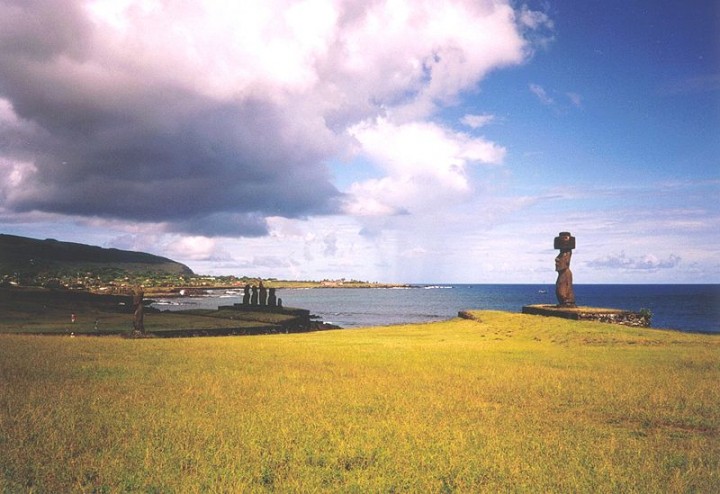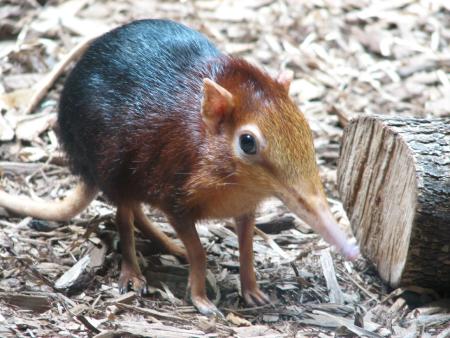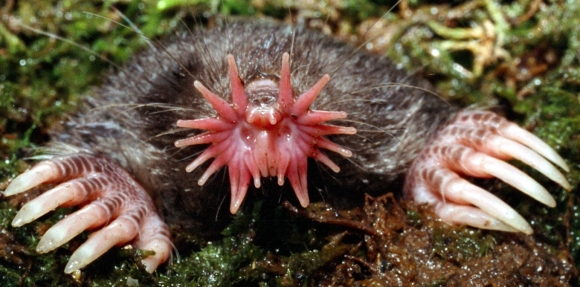Looks can be deceiving. So can words. Reality itself can be deceiving. Distinguishing deception from truth begins with accepting it is there.
Let’s begin with a funny story behind this photo, one that provides a nice little introduction to more reflections that came from my little Indian adventures.

This photo is the after-effects of a cockroach in my bathroom, a roach I tried to kill. As karma would have it I lost a bottle of my favourite red nail polish in the process, and I still didn’t get the roach.
Then an image flashed before my eyes: I remembered seeing a lady was making my bed in Nepal come across a massive spider in the sheets (that must have been sitting in a store room for far too long, but that’s beside the point). Instead of screaming and squashing it with a boot, like I usually do, she scooped up the eight-legged freak with both her hands and took it out to the garden and let it go…
I looked back at the roach – maybe he didn’t have to die.
“You are an insect, and I, a human,” I told him, “I don’t need to be scared of you. Here boy, come on, come with me…” I willed it calmly, picking up the tube of moisturiser it was hiding behind in my cupboard. He clung to it, like a child being saved from drowning by a life-saver ring. When I got him to the window he flew away.
Only this blood-like stain on my wall remained, as if to signify what could have happened and what was avoided. Things aren’t always as they seem, and when a situation is viewed from a different set of eyes, that sees through the constructs of a different set of language, education and experience, a picture can tell a completely different story. Its the thinking which makes it so.
…
The greatest irony of all my reflections on global poverty has been the realisation that many of the “poor” Indian women perceive ME as the poor one.
“No husband? No children? It’s okay, one day,” they said with sympathetic eyes. Little do they know that my parents have divorced – that’s the biggest no no in the book, something that (if I were an Indian woman) would prevent any Indian man from ever wanting to marry me. All the things they value I lack. When you look at the world through their eyes, and evaluate the haves and have-nots according to their values, you have to ask: who’s the one living in “poverty” now?
As you could probably tell in my last few posts, in my current state of mind, my care for the “poor” people is presently being replaced with a new appreciation for Western culture, individualism, freedom, and even a new appreciation for what I previously perceived to be the “big bad global capitalist system”. The world situation is far more complex than I realised and, in comparison to the caste system, life in the capitalist system simply ain’t that bad. At least not for me. As capitalists we admittedly are currently using the global situation to our advantage, but I’m no longer convinced we are creating it.
Inequality is so widespread, can anything actually be done to make it more equal? Whenever people set out to do good, it ends up turning into new ideologies and creating new cycles of violence… I’m starting to wonder, is there’s any point in trying? And, more importantly, I wonder if I even have a right to try to make what I perceive to be “positive” changes? What if the changes aren’t seen as positive in the mind of the receiver of my goodwill?
One thing that for sure India has taught me is how little I know, and, how conditioned my own mind is to my worldview and my way of life. Everything I think, say, write, and do, is limited by my language, shaped by my education, and inseparable from my life experiences. And then, make things even more complicated, my worldview is constantly changing.
Every person’s worldview is constantly changing. It makes sense consider the world is constantly in a state of change. Our centric view of life sometimes makes us think that our personal worldview is the only worldview, but it’s not. I have to remind myself that my constantly changing worldview is but one in 7-billion constantly changing views. I have agency over nothing more than my own values and perspectives, and the changes that take place inside me. I can share what I learn but outside that it is each to their own.
Back on Planet Paradise – where horns don’t beep, where teeth are brushed with tap water, and where you walk down the street without a thousand pairs of gawking eyes staring you down – it has been almost surreal to sit in my quiet little apartment and read my diary entries from the last five weeks.
It’s hard to imagine such a polar-opposite culture is in full swing just a 14-hour flight away.Just imagine what my life would be like had I been born in India! For a start, at almost 28-years old, I would probably have been married for half my life and seemingly content with whatever husband my family chose for me. I would probably have a few children by now, and be working in whatever job had been delegated to me, most likely following in my mother’s footsteps. Instead I am happily unmarried, childless, free – free to explore my passions, free to travel, free to spend time with who I want, when I want, to learn, grow, discover – and excited to contemplate the endless possibilities the future may hold.
It is hard for a person who believes making and managing a big family is the most important thing in the world to comprehend why a 27- year-old would choose not to. Why would someone want to travel and study and do the things they are passionate about rather than dedicating their life to populating this planet with more people? Everything is relative to one’s own definition of identity and values. As Shakespeare said, “There’s nothing either good nor bad – but thinking makes it so.”
We have no way to conceive what is outside our worldview. We are entirely limited by the constructs we program into our human minds. The perceived value of one’s life is embedded in our understanding of what is worthy and what isn’t, and of our own status relative to others. We cannot know what we do not know we don’t know. No one who has not tasted the smooth orgasmic goodness of Lindts dark chilli chocolate, will never crave it.
Does this bring us to post-modern nihilism? Is everything relative and nothing absolute? Is it impossible to define good and bad? I still like the Shantaram definition: good is what supports the increasing complexity of the universe, while bad/evil is anything that stands in the way of it. Or, how it translates more simply in my own mind: good is that which creates, and bad is that which destroys. The most interesting thing about this dynamic is that: one CANNOT exist without the other. In order to create, we must be able to destroy.
The universe is expanding, and one day, if something always existed, it seems logical to assume that one day it will contract.
I think it was Neil Diamond Walsh in Conversations with God who equated this process to “God” breathing out in the expansion stage, and then breathing in again in the contraction. Who are we to stand back and judge one a breath out as better than the breath in? Maybe we should just observe it, enjoy it for what it is and be happy we are a part of it.
Back to the worldviews of these Indian women and me: I think they’re poor, and they think I’m poor, so what can one do? Should I try to help them, and should they try to help me? What good would that do when we speak such different languages (I’m not referring to the Hindi/English barriers)??? Worldview conflicts are tough, but there’s no real violence that is resulting from this particular one – it’s just different groups of people valuing different things and living in different ways.
Who is one to think they are right and that they have a responsibility to make the other see the world in their way? I guess there are ways we in which can learn from each others drastically different cultures, but ultimately it seems to me that this the best solution comes back to the simple affirmation that Deepak Choprah comforted me with through my headset as I traveled up the dangerous mountainside toward my Ayurveda Retreat in Coonoor: ACCEPT THE WORLD, JUST AS IT IS.
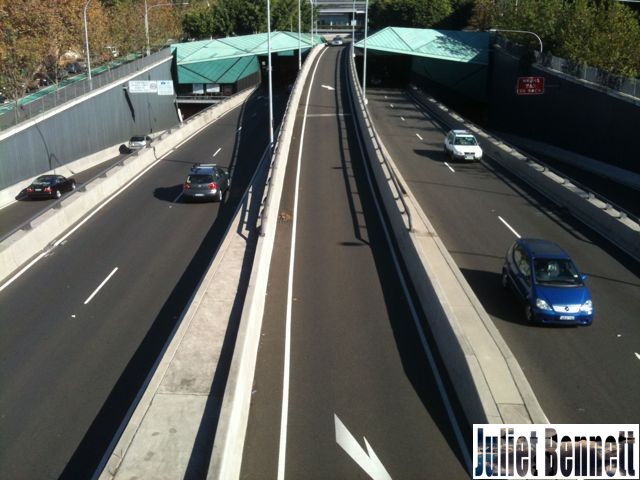
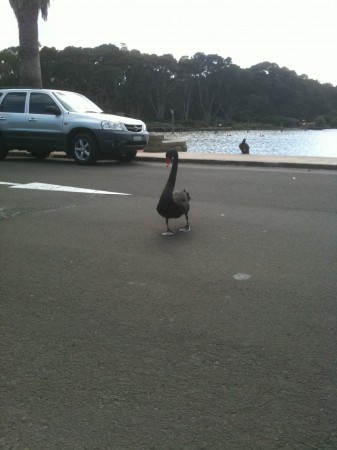 Today I took Bella to Centennial Park. As we approached a large flock of swans and geese Bella instinctively led me away from the big mean-looking birds. What I found interesting was that not once did she look their way. Later we walked near two smaller birds and Bella ran toward them, joyously spurring them to fly away. Then again, some geese in the distance… before we were even close she was leading me in the opposite direction. Is it a territorial thing, or could she sense danger? They are big birds and she is a relatively small dog…
Today I took Bella to Centennial Park. As we approached a large flock of swans and geese Bella instinctively led me away from the big mean-looking birds. What I found interesting was that not once did she look their way. Later we walked near two smaller birds and Bella ran toward them, joyously spurring them to fly away. Then again, some geese in the distance… before we were even close she was leading me in the opposite direction. Is it a territorial thing, or could she sense danger? They are big birds and she is a relatively small dog… 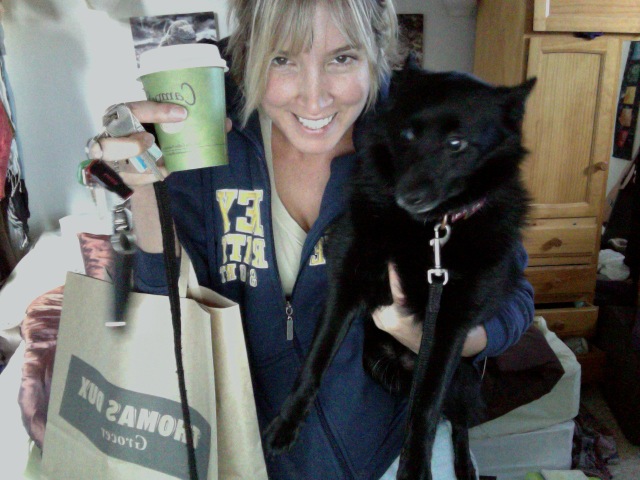
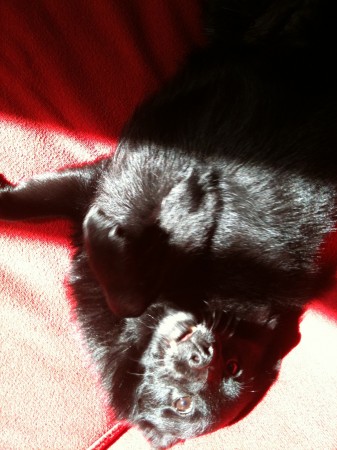 I stole my sister’s schipperke Bella for two days of doggie companionship – it’s pretty clear why they say that a dog is a man’s best friend. Not only are dogs adorable and fluffy, they (especially Bella) give you cuddles and snuggles when you ask, they run and have fun with you, they don’t hide what they are thinking and feeling, and best of all they love you unconditionally.
I stole my sister’s schipperke Bella for two days of doggie companionship – it’s pretty clear why they say that a dog is a man’s best friend. Not only are dogs adorable and fluffy, they (especially Bella) give you cuddles and snuggles when you ask, they run and have fun with you, they don’t hide what they are thinking and feeling, and best of all they love you unconditionally.
 When I was in South America, one place I missed was Easter Island. If you want to go here I believe flying LAN Chile is the way to go as they give you a free stop over if you’re flying from Australia. We flew Aerolinias Argentinas (one thing I hope to NEVER do again) and instead I got to see New Zealand Airport. You live and learn… Moving on… I want to tell you why Easter Island interested me so much.
When I was in South America, one place I missed was Easter Island. If you want to go here I believe flying LAN Chile is the way to go as they give you a free stop over if you’re flying from Australia. We flew Aerolinias Argentinas (one thing I hope to NEVER do again) and instead I got to see New Zealand Airport. You live and learn… Moving on… I want to tell you why Easter Island interested me so much.